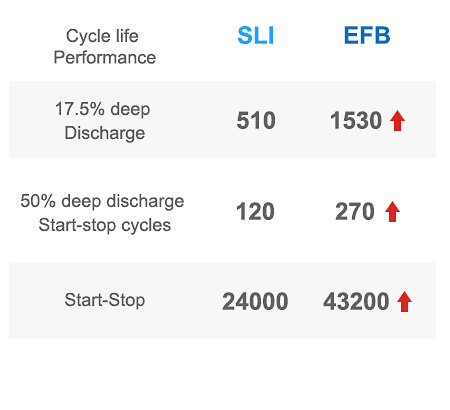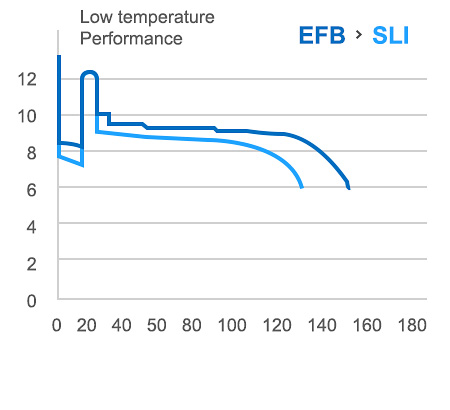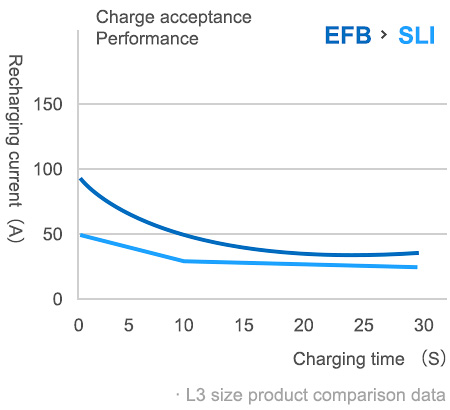Advanced AGM Technology
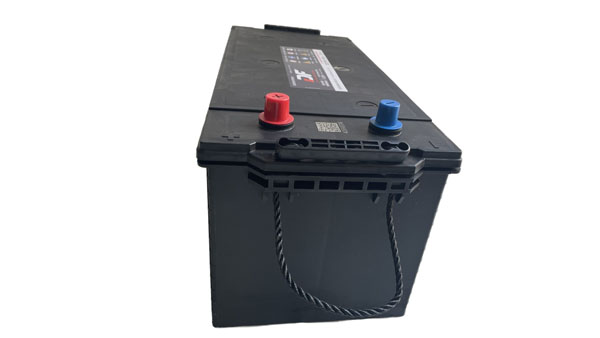
AGM technology innovation – To provide a stronger and more stable power source to vehicles with a start-stop function and energy-saving needs
With the increasing demand for energy saving and environmental protection, the automatic start-stop system has become a useful tool for reducing emissions and saving energy. The AGM battery technology is the core of this system, providing stronger providing superior working efficiency compared to standard batteries. It can fully meet the needs of
Technical Advantages

Application of special nano additives with high performance
Excellent battery charge acceptance and cold cranking performance at low temperatures

Adoption of AGM separator with high liquid absorption and high resilience
No flowing electrolyte in the battery; the battery can be placed at any angle, making it safer and more environmental-friendly.

International first-class
battery automatic production equipment
The overall production processes are monitored with the MES system, ensuring intelligent manufacturing, superb product quality.

Independent patented
battery housing design
Built-in safety valves to ensure no accidental opening during customer usage.
Product Structure
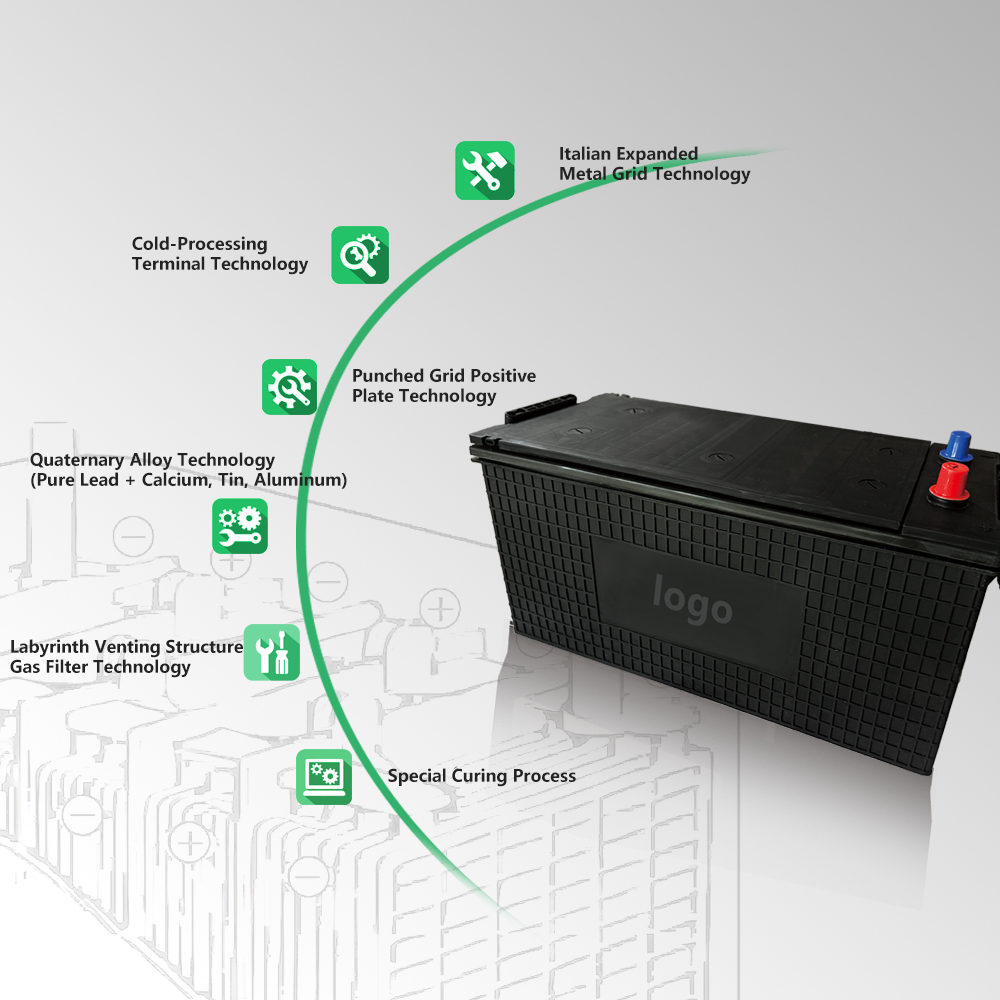
EFB Technology
EFB batteries are suitable for operation under partial state of charge (PSOC) conditions, where deep cycling characteristics are not necessary, unlike AGM batteries. Its special alloy, lead paste formula and new separator have greatly improved its service life, water loss and low temperature cranking performance, with more than 65,000 frequent start-stop cycles.
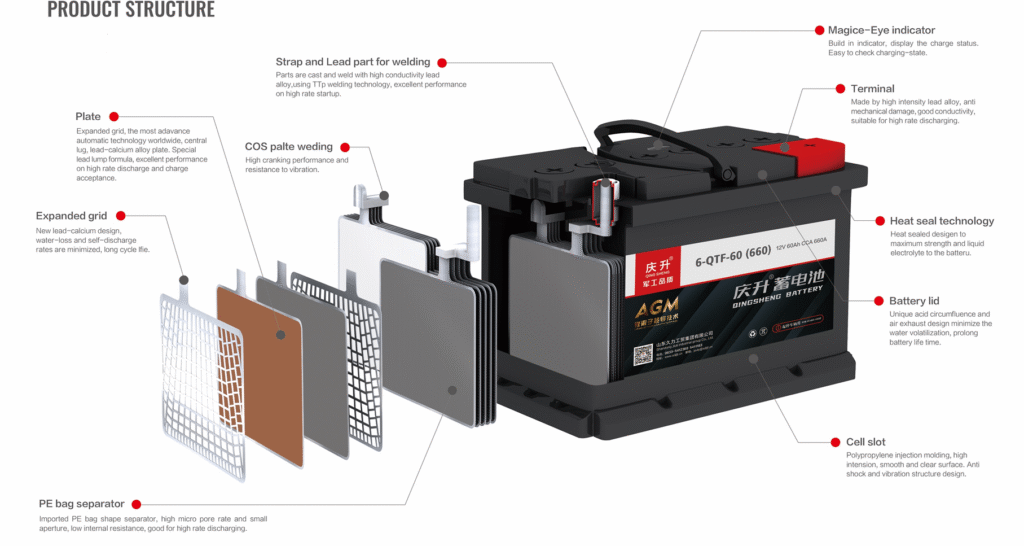
Input and Output power (Charge and Discharge) characteristics of vehicles with a Start-stop system:
① Frequent re-start.
② Power supply during start-stop.
③ Compensative short-time charging during deceleration and brake.
Compared with standard batteries for general vehicles, batteries for start-stop applications should have the following characteristics:
① Durability required for about 20-30 times the cranking capacity.
② Durability required to endure increased discharge load during start-stop.
③ High compensative charge acceptance to ensure the electricity discharged can be recovered in a very short time.
